Odynophagia: Causes, Symptoms, and Treatment
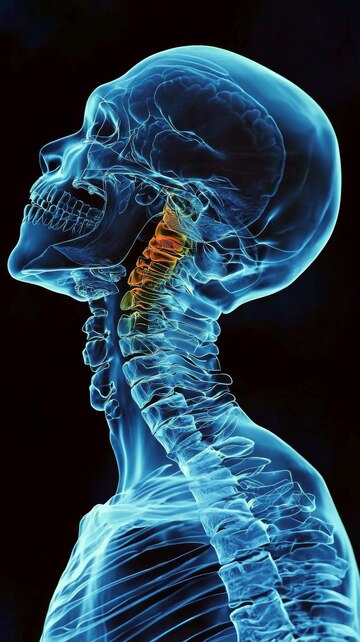
Related products
Odynophagia describes extreme agony or discomfort that a person feels when swallowing. When it comes to the field of medicine, odynophagia is usually quite painful and indicates underlying medical problems that require immediate medical attention.
There are multiple causes of odynophagia, including the common ones like tonsillitis or gastro-oesophageal reflux disease (GERD) and more dangerous ones like esophageal cancer. The issue, according to Dr. John Clarke of the Stanford Medicine Esophageal Centre, is distinguishing between a "painful" and a "difficult" swallow because they both have different ramifications.
The symptoms of odynophagia reveal indications that are directly related to painful swallowing, such as sore throat and chest pain during meals; however, in certain cases, it remains inexplicable in the absence of other signs, such as fever, weight loss, or blood in vomit.
Treatment for odynophagia patients needs consideration of several factors, the most important of which is to address the underlying cause of the condition rather than only treating the symptom. This is a strategy that is supported by prominent otolaryngologists across the globe. Antacids for GERD-related illnesses, antibiotics for bacterial infections, and operations as a last resort—typically reserved for malignancies producing blockages leading up to excruciating pain—are among the suggested therapies.
What is Odynophagia?
Odynophagia is a condition in which swallowing causes discomfort. The name originates from Greek, where the terms "Odyno" (which means pain) and "Phago" (which means to eat or swallow) are combined to mean painful swallowing. In contrast to dysphagia, which is primarily associated with difficulty swallowing regardless of the discomfort experienced, odynophagia is associated with discomfort in the throat while eating food or liquids. Its emergence might happen suddenly as a result of illnesses like tonsillitis, or take a long time if it is associated with more serious conditions like esophageal cancer.
Odynophagia vs. Dysphagia
While odynophagia and dysphagia are similar medical terminology, they have very different meanings when used in a clinical setting. The main focus of odynophagia is unpleasant swallowing. People who have it frequently complain of pain or discomfort when eating or drinking; every swallow becomes agonising regardless of the type of substance—solid, liquid, or semi-solid.
Dysphagia is a term limited to "difficult" rather than "painful" swallows—occurs when a person consistently encounters difficulty during routine attempts to ingest material down the throat into the stomach. It's like navigating an obstacle course, turning something as easy as enjoying meals into taxing activities.
The distinction has a significant impact on treatment decisions. While therapeutic interventions focus on removing obstructions are typically chosen when handling conditions causing dysphagia, indicating distinct approaches taken depending upon condition type stated by healthcare providers examining patients suffering related problems, pain relievers typically suffice to address immediate concerns with odynophagia instances.
Causes Of Odynophagia
Infections
The infectious causes of odynophagia include a few prevalent, and occasionally more severe, viral illnesses. Common illnesses like the flu or the common cold frequently cause inflammation, which is a contributing factor to difficulty swallowing. Serious diseases such as CMV or herpes simplex virus too are responsible for disturbing the normal swallowing process and causing symptoms of odynophagia.
Bacterial invasions cause this odynophagia as well; strep throat (streptococcal infection) and tonsillitis are common examples. Affected individuals find swallowing to be extremely painful, making every swallow an effort.
Untangling the fungal relationship reveals species from the Candida family that are principally responsible for causing oral thrush, a yeast-origin infection that is widely known to cause pain during food intake attempts and meets the requirements to be included in the list of odynophagia conditions.
Esophagitis
The most cause of dysphagia symptoms is esophageal inflammation, often known as "oesophagitis." Oesophagitis brought on by GERD and pill-induced oesophagitis are the two main types that cause these kinds of unpleasant swallows.
Gastro-oesophageal reflux disease, or simply GERD, is characterised by recurrent reflux of stomach acid into the oesophagus, the tube that connects the mouth and stomach. The resultant irritation from this reverse flow is harmful to the lining of the oesophagus, resulting in severe damage and inflammation that causes extreme discomfort when swallowing, which is a hallmark of odynophagia.
Another scenario is pill esophagitis, which is a result of incorrect medicine swallowing, mainly involving antibiotics or nonsteroidal anti-inflammatory medications (NSAIDs). The inability of these medications to pass easily through the stomach after consumption causes them to stay in the esophageal tract longer than intended. This irritation then leads to inflammation, which causes the typical pain that people experience when trying to swallow these medications.
Ulcers
Open sores that develop inside the lining of the oesophagus are known as esophageal ulcers. Numerous reasons, such as severe acid reflux, infection, or the use of specific drugs, causing these excruciating sores.
Severe acid reflux, which is frequently associated with gastro-oesophageal reflux disease (GERD), causes the oesophagus's delicate mucosal layer to be damaged by stomach acids, which result in ulcer formation and odynophagia symptoms.
Similarly, this soft-tissue area is targeted by infectious agents like bacteria or viruses, especially when immune responses weaken as a result of illnesses like AIDS/HIV infections. It's vital to note that these organisms have a big role in initiating an inflammatory reaction that eventually develop into full-blown ulcers, causing uncomfortable swallowing episodes and making every meal a misery for the affected person.
Evidence is pointing to the role that some medications, most notably non-steroidal anti-inflammatory drugs (NSAIDs), bisphosphonates, which are used to treat complications related to osteoporosis, and other medications continue to play in encouraging an unfolded protein response that causes cellular stress before ultimately collapsing under pressure and causing deteriorating tissue integrity, which leads to surface erosions that make swallowing difficult and become a daily struggle for patients with odynophagia presentations.
Trauma or Injury
Odynophagia is largely caused by traumas and physical injuries, which are frequently brought on by ingesting hot or sharp things. These behaviours harm the sensitive oesophagus and throat linings.
There is a chance that medical procedures like endoscopies will cause discomfort in this way. These diagnostic procedures' invasiveness resulting in internal cuts that cause symptoms akin to post-procedural odynophagia.
These circumstances typically manifest as a burning feeling upon consumption, probable hoarseness of voice, persistent coughing, and other manifestations of distress. For pain alleviation, prompt medical intervention is crucial, as is identifying underlying problems so that a successful treatment plan is developed.
Tumours
Two main causes of odynophagia are throat tumours and esophageal cancer. These cancers offer significant obstacles to or aggravate factors for the traditional swallowing process when present. The position and size of the tumour at times cause an obstruction to food passage or cause inflammation; in either case, eating or drinking becomes more difficult, leading to the painful swallows that are typically associated with odynophagia.
Neuromuscular conditions
Another set of causes for extreme discomfort after intake includes neuromuscular illnesses including achalasia and amyotrophic lateral sclerosis (ALS), which are often observed in odynophagia patients. These medical conditions impair muscle coordination, which is crucial for normal swallowing function. They frequently result in incomplete relaxations of the lower esophageal sphincter, which is the gate that regulates entry into the stomach from the gullet, and high levels of pain during swallowing, which coincidentally lead to clinical presentations that are typical of this condition.
Chemical Irritants
When discussing chemical irritants that contribute to odynophagia, it is inevitable to examine poisonous compounds like strong acids or alkalis. When these dangerous substances are consumed, they seriously harm the esophageal tissues, causing excruciating pain during swallowing.
Autoimmune Conditions
Examining autoimmune diseases such as Sjögren's syndrome clarifies odynophagia, another important factor contributing to uncomfortable swallowing. These conditions include increased levels of inflammation and dryness, which make it difficult for food to flow easily down the alimentary canal and ultimately cause uncomfortable swallowing experiences.
Symptoms
- Painful Swallowing: The primary sign of odynophagia is persistent pain or discomfort during food, drink, or occasionally even saliva swallowing.
- Chest Discomfort: People with this illness frequently describe feeling pain in their chests as they are swallowing. This is because the esophageal muscles are under pressure to ease the passage of food while fighting persistent inflammation.
- Voice Changes: As a result of concurrent laryngeal involvement, certain patients experience noticeable changes in their voice quality. These changes include hoarseness or voice tiredness, which is often a prominent indicator of odynophagia tendencies.
- Weight Loss: In extreme situations, people who experience continuous pain during swallowing are discouraged from eating regularly, which results in unintentional weight loss. This indicates an underlying odynophagia problem that has to be addressed right away.
- Fever: When the body's inflammatory reactions are triggered to fight off infections that have resulted in odynophagia circumstances, elevated temperature levels that are consistently documented over time become evident. This makes accompanying fever another informative sign.
- Sore Throat: Prolonged fights between invasive organisms and host defence mechanisms cause havoc along the pharyngoesophageal tracts, which serve as breeding grounds for symptoms associated with excruciating swallow experiences, which further suggest the presence of odynophagia issues. These symptoms are diagnosed and treated by healthcare professionals who are appropriately trained to handle related issues.
Diagnosis
The first step in diagnosing odynophagia is a thorough review of the patient's medical history, which is followed by a thorough physical examination with special attention to the throat and neck region. Diagnostic procedures such as endoscopy are often utilised by physicians to obtain precise insights into the severity of the ailment and its underlying causes. This is passing a flexible tube, known as an "endoscope," which is fitted with a camera and illumination to help immediately visualise any abnormalities or inflammation within the lining of the oesophagus.
Aside from manometry, which measures the pressure exerted along the esophageal muscles during swallowing and provides valuable data informing diagnosis approaches deemed best suited for treating individuals presenting symptoms akin to painful swallows among other related concerns, other investigative tools utilised include the barium swallow test, in which patients ingest material containing barium, which shows up under X-ray images enabling a clear view of swallowing mechanics.
Treatment
Pain Relievers
As the primary symptom of odynophagia, pain management is the first step towards treating the condition. Analgesic drugs, whether prescribed or over-the-counter, are essential for reducing pain during swallowing.
Antibiotics
Antibiotics are a mainstay of treatment when bacterial infections are identified as the source of excruciating swallow experiences. They aid in the defeat of microbial invasions and provide relief from accompanying symptoms, such as painful swallows caused by inflammation.
Antacids and Acid Blockers
Since GERD is frequently the cause of these situations, using antacids or acid blockers such as proton pump inhibitors is essential to neutralise gastric acid reflux episodes and relieve irritated esophageal tissues, making eating less painful for afflicted people.
Surgery
Although they are mainly reserved for severe conditions like tumours that obstruct food passage, causing excruciating pain whenever swallowing is attempted, surgeries ranging from minimally invasive endoscopic procedures to lengthy complex ones often serve vital roles in restoring normalcy within the patient's life.
Lifestyle Modifications
Alongside medicinal therapies, tiny but significant lifestyle adjustments could be made, such as choosing small, frequent meals over large ones, assuming an upright posture when eating, and delaying meal consumption closer to bedtime. Lowering the likelihood that stomach acid will reflux into the throat and exacerbate current problematic situations involving painfully difficult swallowing—all of which work in concert to expedite recovery times and tend to provide preventative measures against relapses related to originally diagnosed health issues.
Summary
Swallowing discomfort is known medically as odynophagia, and it is caused by a variety of factors, such as autoimmune diseases or chemical irritants. Mealtime discomfort and unexplained weight loss are common symptoms that indicate this issue is present. Healthcare professionals usually use techniques like endoscopy or barium swallow tests to get an accurate diagnosis. Pain relievers to address the primary symptom; antibiotics for infection-related cases; antacids for GERD-related cases; and lifestyle modifications are all part of treatment protocols that help patients gradually recover and improve their overall health outcomes when they deal with distressing experiences related to painfully hindered swallows during regular meal ingestion routines.
Frequently Asked Questions
What is the best treatment for odynophagia?
The most effective way to treat odynophagia depends on identifying the precise underlying cause. That being said, a comprehensive strategy that is consistently recommended by medical communities around the world involves pain management using analgesics in conjunction with targeted therapies that address core issues. These therapies include antacids for GERD patients or antibiotics for infections, plus lifestyle modifications.
What is the most common cause of odynophagia?
GERD (Gastro-oesophageal reflux disease), a disorder characterised by chronic acid reflux from the stomach into the oesophagus, is the most frequently reported precursor contributing to the emergence of symptoms related to odynophagia conditions among patients seeking help globally today, even though there are many other causes of painful swallowing experiences.
What is the medical term for discomfort swallowing?
Within medical terminology, "discomfort during swallowing" is referred to as dysphagia, a term that is commonly recognised by healthcare workers from diverse ethnic backgrounds and beyond regional boundaries.
What are 5 signs of swallowing difficulty?
Five indicators that you may have trouble swallowing are:
- Feeling like food is lodged in your chest or throat after eating;
- Losing weight unintentionally because you ate less, which made you afraid of making unpleasant swallows.
- Drooling as a sign of impaired swallow control
- Coughing or choking fits during mealtimes, which indicate impaired swallowing mechanics
- Changes in voice, such as hoarseness, indicating concurrent laryngeal involvement in the ongoing struggle against difficult swallow episodes that are repeatedly experienced over time by affected individuals exhibiting similar set clinical manifestations Intensely suggestive and difficult foods demand the prompt treatment of qualified medical professionals with experience managing linked health issues.



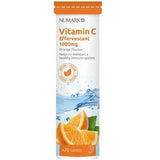
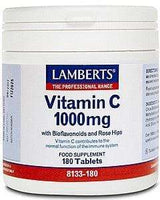
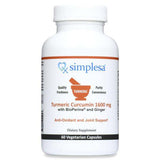
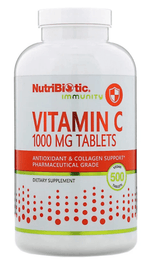
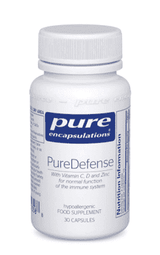
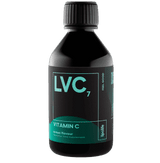
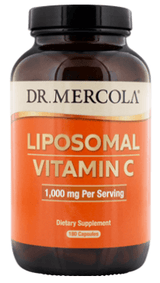
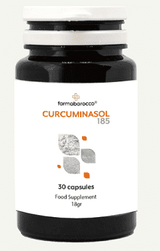
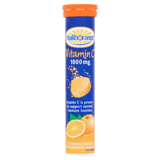
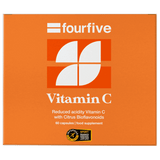

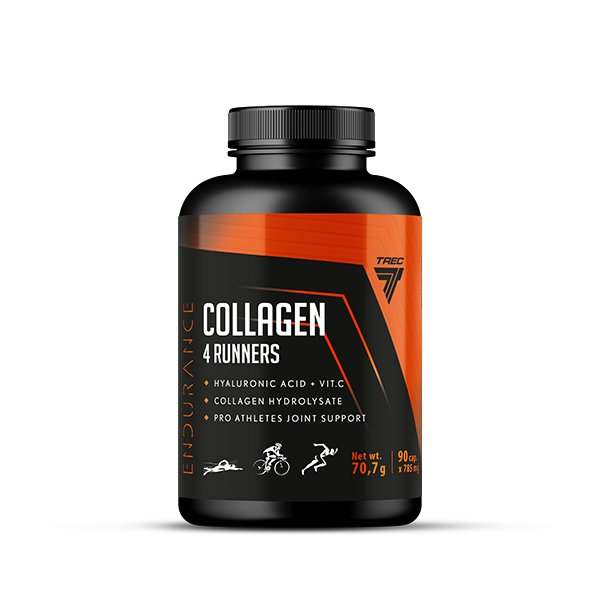


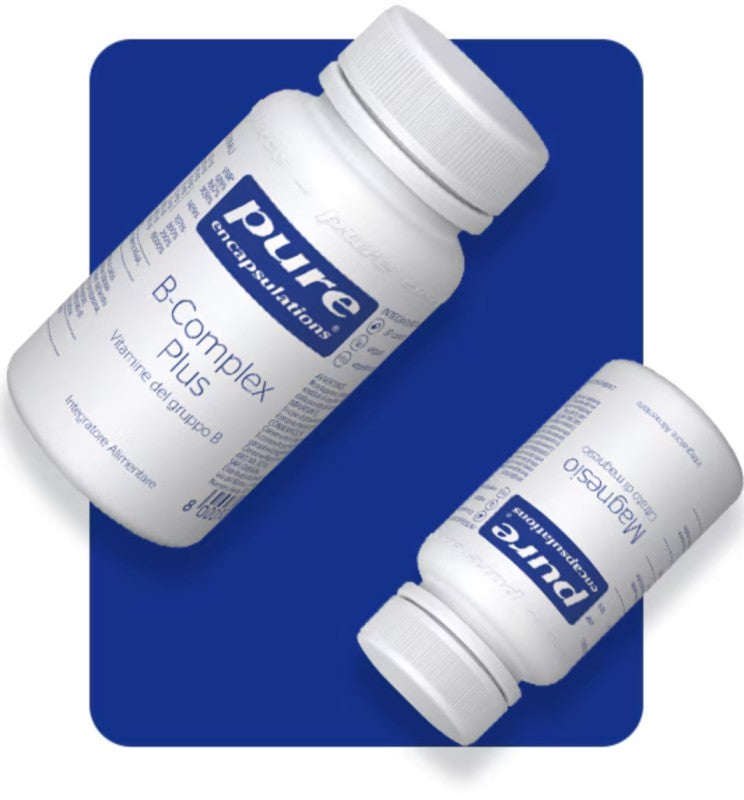



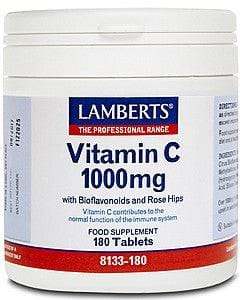
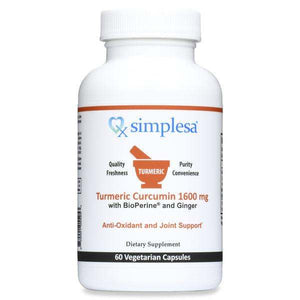
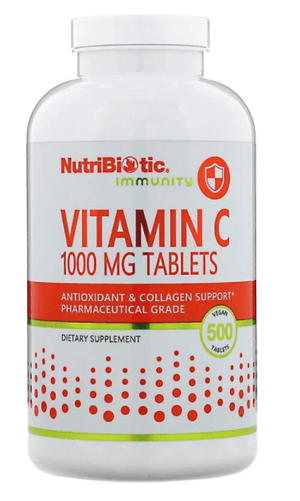
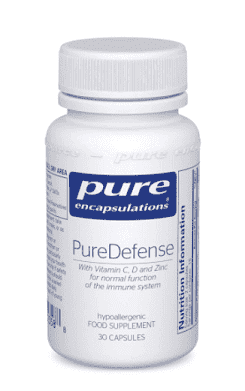
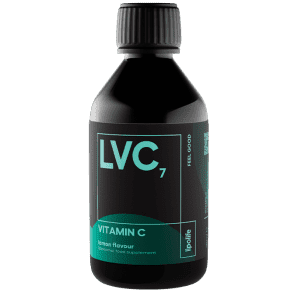
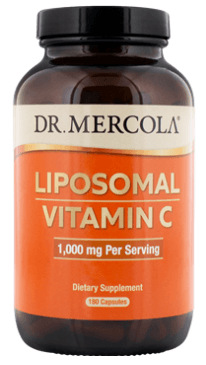
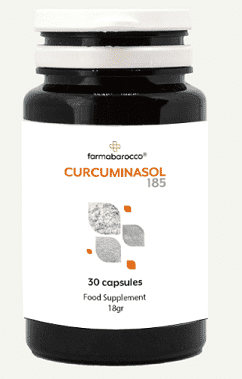

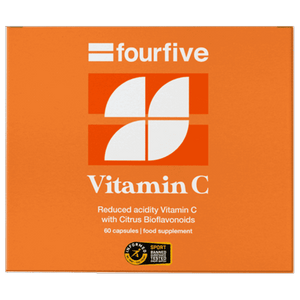








 Rated Excellent by 26,523+ Reviews
Rated Excellent by 26,523+ Reviews